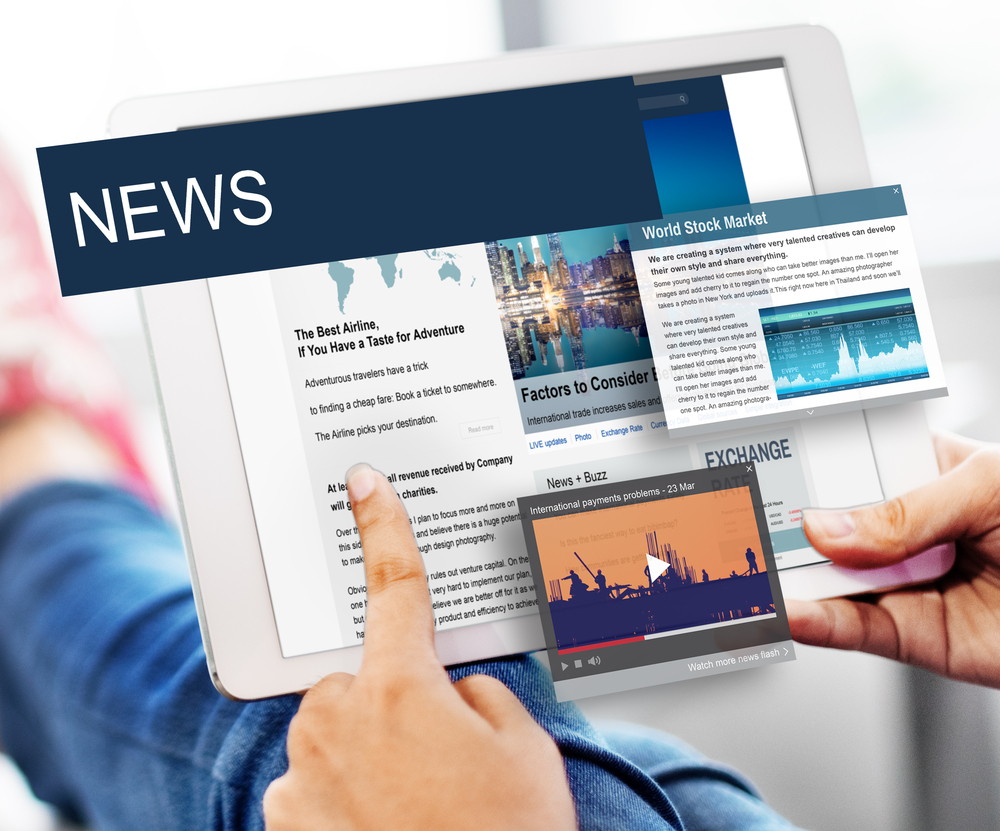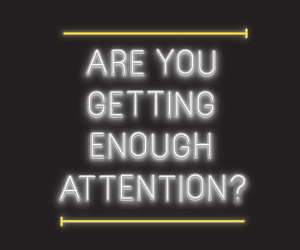 International research, published by the Reuters Institute, has found that Ireland has a higher trust in news media than the international average. The survey of 36 countries found that 47% of Irish respondents trust the news media, compared with 41% internationally.
International research, published by the Reuters Institute, has found that Ireland has a higher trust in news media than the international average. The survey of 36 countries found that 47% of Irish respondents trust the news media, compared with 41% internationally.
Meanwhile, just under a quarter (24%) of survey respondents worldwide said they think that social media do a good job in separating fact from fiction, compared to 40% for the news media. In Ireland, the number of people who believe that news media does a good job is even higher, at 47%. The figure for social media is also higher among Irish respondents, at 28%.
Now in its sixth year, the annual Reuters Institute Digital News Report, published by the Reuters Institute for the Study of Journalism, reveals high levels of dissatisfaction internationally with the quality of news and comment generally, and on social media in particular. The annual research is funded by the Broadcasting Authority of Ireland (BAI) as part of its work on media plurality in Ireland.
Data relating to Ireland has also been the subject of a more detailed and specific report on the Irish results of the survey, produced by the Institute for Future Media and Journalism (FuJo) at Dublin City University and commissioned by the BAI. The data for the research was collected between January–February 2017, reflecting the same data collection timeframe for previous years.
Some of the key findings include:
Social Media
Facebook (68%) and YouTube (58%) were the leading social media brands for any purpose in 2017, followed by Twitter (23%), LinkedIn (20%), Instagram (24%) Snapchat (15%), Pinterest (14%) and Google+ (8%). Irish consumers use Twitter and Snapchat more than the international average but use Instagram less.
Facebook was the most used social media platform for news (41%), followed by YouTube (18%), Twitter and WhatsApp – both at 11%.
Private Messenger Apps
The major consumption shift was in the use of private messenger apps, such as WhatsApp and Facebook Messenger, which are used more in Ireland than in many other countries for general use, rather than for news use. Some 40% of Irish respondents are now using WhatsApp, 37% use Facebook Messenger, and 19% use Viber.
Interest in the News / Avoiding the News
Irish consumers’ interest in news was consistently high over the last three years. 70% or more said they were extremely or very interested in news each year. At the other end of the spectrum, those not very or not at all interested in news were in low single percentage points each year. Interest in news increases with age. The 2017 report found that younger people are more likely to avoid the news than older groups. However, 41% of Irish consumers said they never avoid the news.
Political Efficacy and Engagement
Some 54% of Irish news consumers felt they had a good understanding of political issues. However, almost 30% were unable to declare the extent of their political understanding, while 16% indicated they did not have a good understanding of Irish political issues. Meanwhile, some 66% of respondents felt they were not qualified to participate in politics or were unable to declare their abilities in this area.
32% of Irish respondents said they follow at least one politician / political party on social media. This is lower than the 37% average in a sample of six countries – Australia, Germany, Ireland, Spain, UK and USA. The USA had the highest level of respondents following a politician / political party on social media, at 54%.
Digitalism and Traditionalism:
Digitalists are those who consume news via smartphones, tablets and computers. Traditionalists mainly use newspapers, radio and TV. In 2017, Irish Digitalists fell 4% to 23%, whereas Traditionalists grew by 2% to 31%. Mixed users [Half and Halfers] increased by 1%, to 45%.
Sources of News
A breakdown of the sources of traditional news used in Ireland in 2017 shows that the country roughly mirrors the international average, with the exception of the relative dominance of the public service broadcaster. Some 66% of respondents indicated they use RTÉ as a main source of traditional news, compared to an international average of 49%. This carried through to the RTÉ News website, used by 34%, compared to an international average of 20%. Print was the most cited source of traditional news, at 70%. The top Digital Sources of news, The Journal.ie, Irish Independent Online and RTÉ News Online, all showed growth over the previous period with The Journal.ie and Irish Independent Online both increasing their share by seven percentage points.
Paying for News
Consumer willingness to pay for online news reached 10% in 2017, a marginal increase over each of the last two years. Younger consumers are more likely to pay for news, with the category most inclined to pay for news the 25-34 age group. The least inclined was the 45-54 age group. The reasons given by those willing to pay for news varied, with value for money cited as an important factor.
According to Michael O’Keeffe, chief executive of the BAI: “Promoting a plurality of voices, viewpoints, outlets and sources in Irish media is central to the BAI’s Mission, as set out in our new Strategy Statement 2017-2019. Contemporary research on how audiences are interacting with the array of news outlets and sources available today supports the objectives and outcomes from that Mission. In this context, the Reuters Digital News research project is a critical building block, both in terms of what it tells about the situation today, but perhaps more importantly, where we are heading. This research serves to recognise the complex challenges posed to traditional media by the growth of digital offerings.”





















